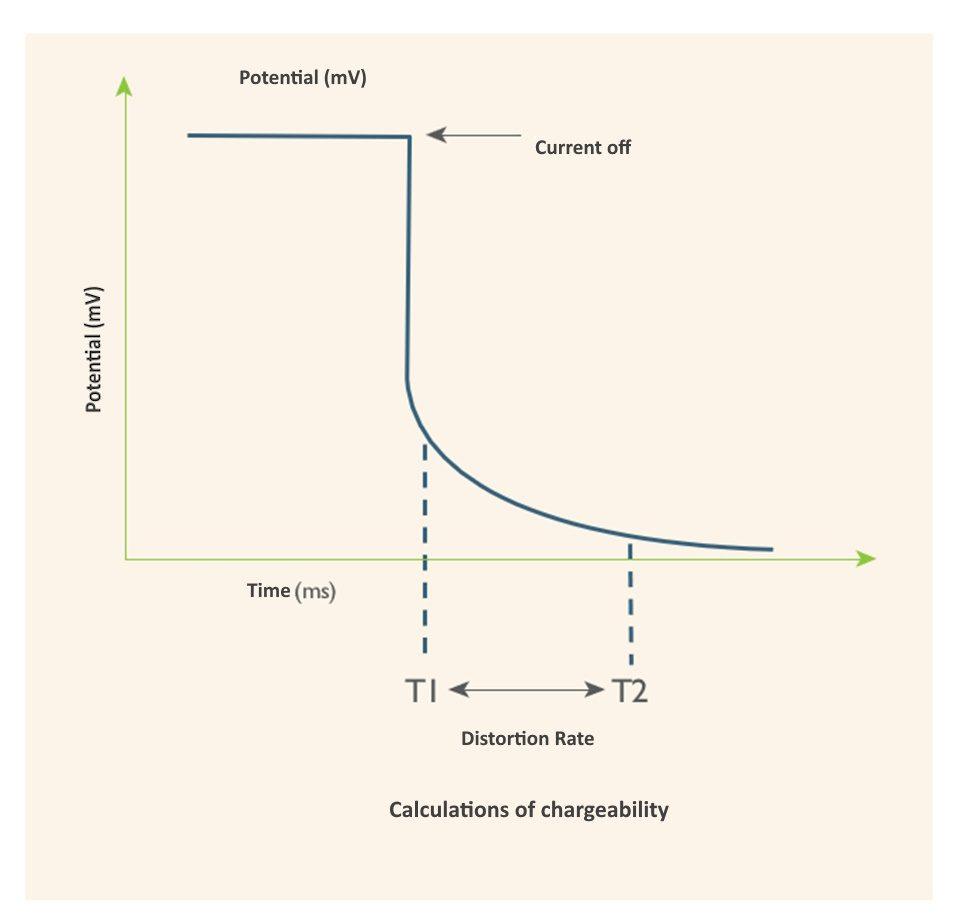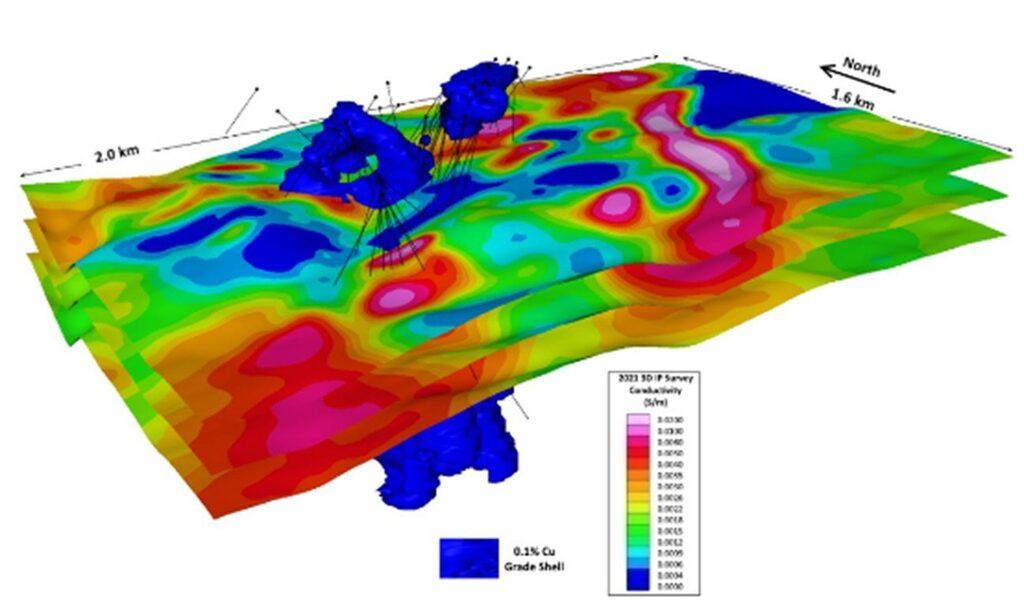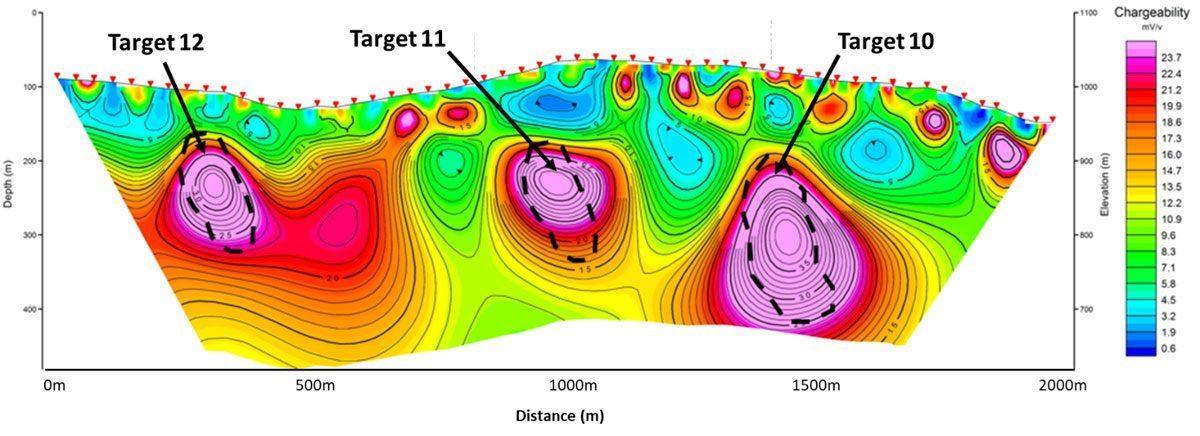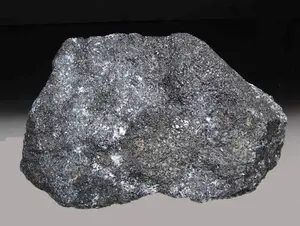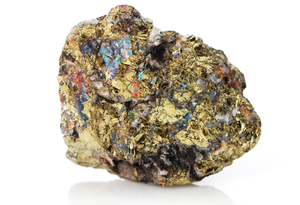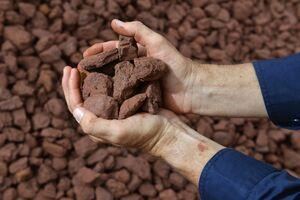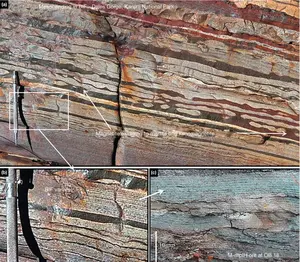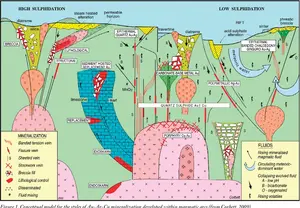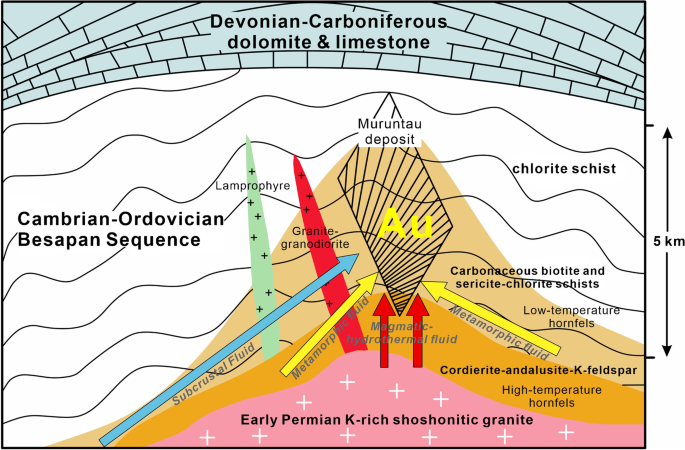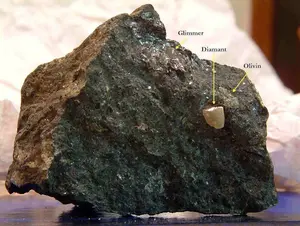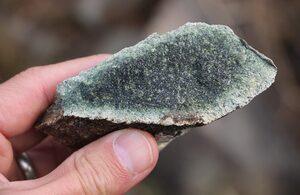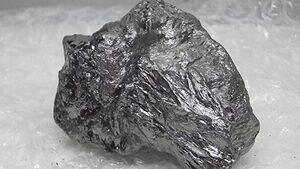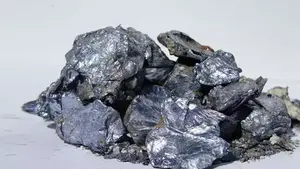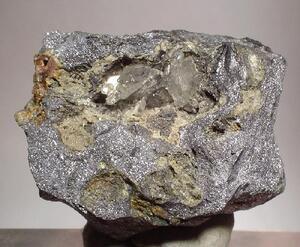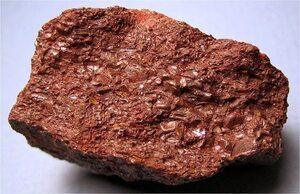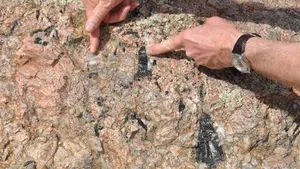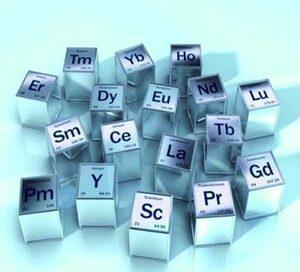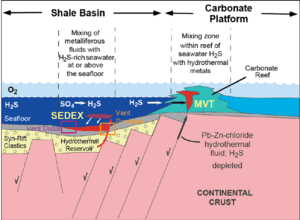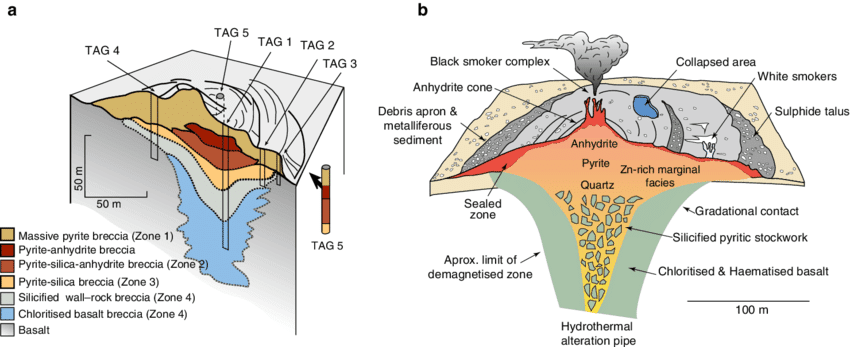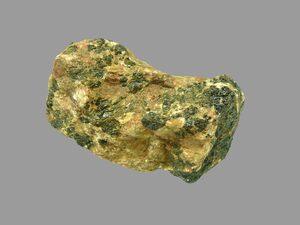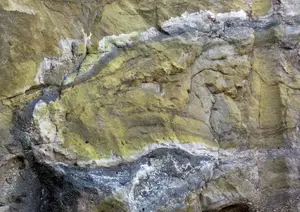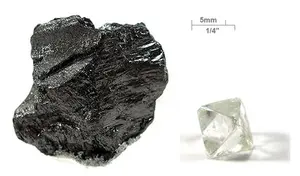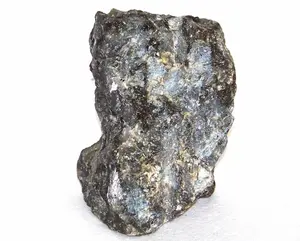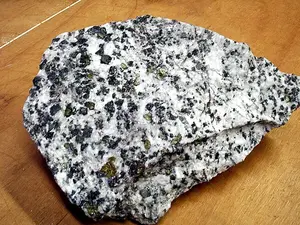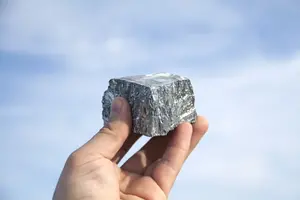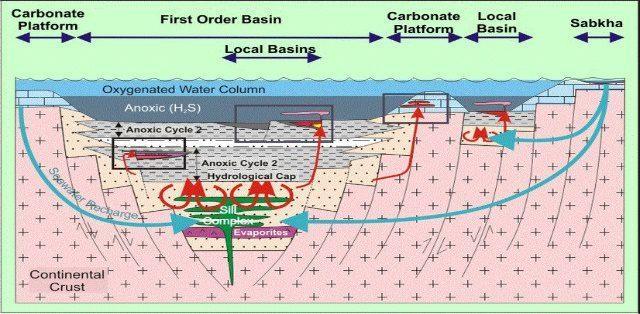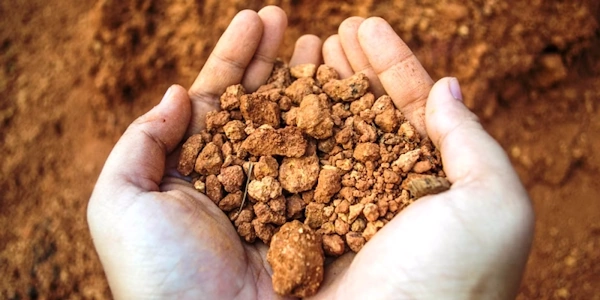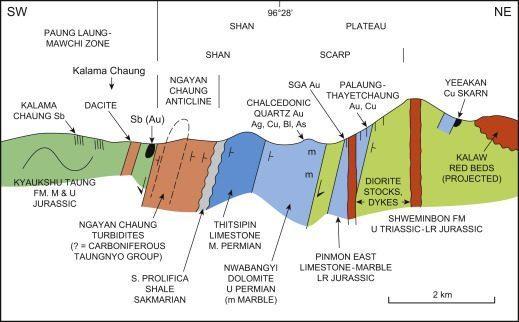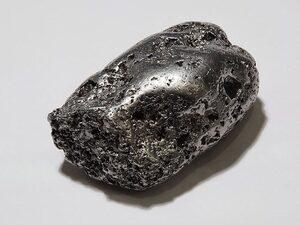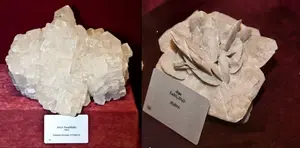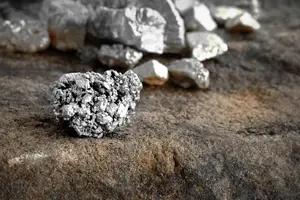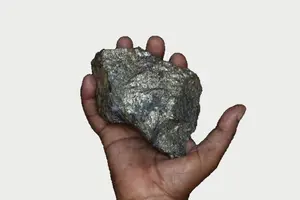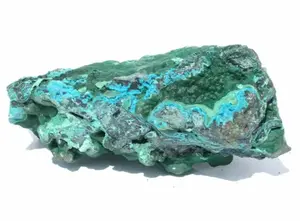The IP (Induced Polarisation) method was developed to aid in the investigation of disseminated electronically conductive mineralization that cannot be detected by resistivity or electromagnetic methods. There are two measures in IP.
In the “time domain”, the polarizability measure is referred to as chargeability, which can be defined as the polarization voltage across a unit cube of material energized by a unit current. Measuring IP in TD involves charging(chargeability) the ground with a given current for a given period of time and recording the breakdown voltage after the cessation of the current.
In the “frequency domain”, the resistivity of a rock measured with a high frequency is always lower than that measured with a lower frequency or DC, because the magnitude of the current increases with increasing frequency due to dissipation.
Data Collection and Presentation
The survey typically involves an array of deployed ground electrodes connected to a computer-controlled multichannel receiver as shown at the bottom. Data from IP surveys are usually presented as a cross-section for resistance and a cross-section for chargeability.
SAGTech Geophysics team has extensive experience in DCIP survey project management, working in different geometries, high data quality, geophysical and geological modeling and reporting in international umrek or jorc formats.
IP/R Application Areas
- Exploration of precious and base metal ore occurrences (2D-3D modeling)
- Marble Surveys (finding buried marbles and determination of fracture systems by tomography of marble with 3D method)
- Groundwater and Geothermal Field Investigation
- Environmental Surveys (determination of pollution limits in places where environmental pollution occurs, determination of impact limits in areas where waste is released)
- Geotechnical Investigations (finding underground cavities, slope stability studies)
- Archaeological Surveys
Equipment
- Elrec Pro 10 Receiver
- Elrec Tetra 20 Receiver
- VIP 5000 / VIP 10000 Transmitter
- TIP 6000 Transmitter
